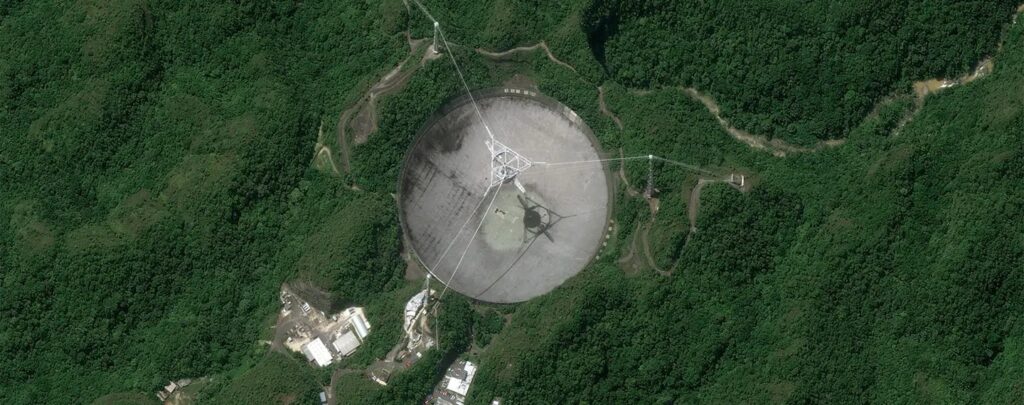GIS is now an essential tool for contemporary mapping and spatial analysis where stereo imagery is one GIS tool that sticks out for its unmatched precision in providing three-dimensional insights. Using sophisticated stereoscopy techniques, spatial information can be extracted leading to a more thorough understanding of the Earth’s surface.
Process of Stereo Imagery Acquisition
The first step in creating stereo imagery is acquiring stereo pairs which can be done by various methods such as satellites, airplanes or unmanned aerial vehicles (UAVs) where these platforms provide the required stereoscopic effect by taking pictures of the same region from several perspectives.
Accurate picture registration and calibration are essential for successful stereo imaging which establishes the basis for precise spatial analysis by guaranteeing that corresponding locations in the stereo pair align. This exacting workflow requires ground control points, sensor models and stringent calibration procedures.
Applications of Stereo Imagery
Digital Elevation Models (DEMs) and Topographic Mapping: High-resolution topographic maps and DEMs are produced with the use of stereo imagery and with exceptional accuracy, GIS specialists may extract elevation information by evaluating the parallax effect in stereo pairs. This supports the mapping of floodplains, terrain modelling and infrastructure design.
Vegetation Analysis: By giving depth information, stereo imagery makes detailed vegetation analysis easier which is especially helpful for agriculture, forestry and environmental monitoring. It is possible to evaluate canopy height, vegetation density and health with precise three-dimensional data.
Urban Planning and 3D City Models: By producing lifelike 3D city models, the precise spatial data obtained from stereo imagery improves urban planning which helps with infrastructure development, zoning and urban landscape visualization. It also facilitates the examination of land and building heights.
Change Detection and Environmental Monitoring: A crucial component of GIS applications is the ability to identify changes in the Earth’s surface over time and through the comparison of stereo pairs taken at various times, stereo imagery enables accurate change detection. This helps keep an eye on urbanization, natural catastrophes and deforestation.
Precision Farming: Stereo imagery has a role in precision farming techniques in agriculture where it helps in planning efficient land use strategies, evaluating crop health and optimizing irrigation by offering comprehensive elevation and topography data.
Advantages of Stereo Imagery
High Accuracy: When it comes to spatial analysis, stereo imagery offers unmatched accuracy because it can extract three-dimensional data and it is a better option for applications that need high accuracy because it makes measurements more accurate.
Improved Visualization: A more natural comprehension of spatial relationships is made possible by Stereo Imagery’s three-dimensional visualization capabilities where professionals in disciplines like environmental management and urban planning would especially benefit from this.
Multi-Sensor Integration: LiDAR (light detection and ranging) data, among other sensor data can be easily combined with stereo imagery where this multi-sensor technique yields a more comprehensive perspective of the terrain and improves the overall quality of the data.
Cost-Effective Solutions: Although stereo imagery capture may have upfront expenditures, its great precision and adaptability frequently make it a long-term and cost-effective solution. The detailed information obtained can replace the need for multiple data sources and extensive field surveys.
Stereo imagery is evidence of how GIS technology is always changing and its capacity to reveal spatial depth and deliver precise three-dimensional data has revolutionized our understanding of and approach to studying the Earth’s surface. Stereo imagery has grown to be an indispensable tool for GIS experts in a variety of industries starting from topographic mapping to urban planning. The future holds even more advanced applications and solutions due to technological advancements which will further cement Stereo Imagery’s position as a key component of the GIS sector.



